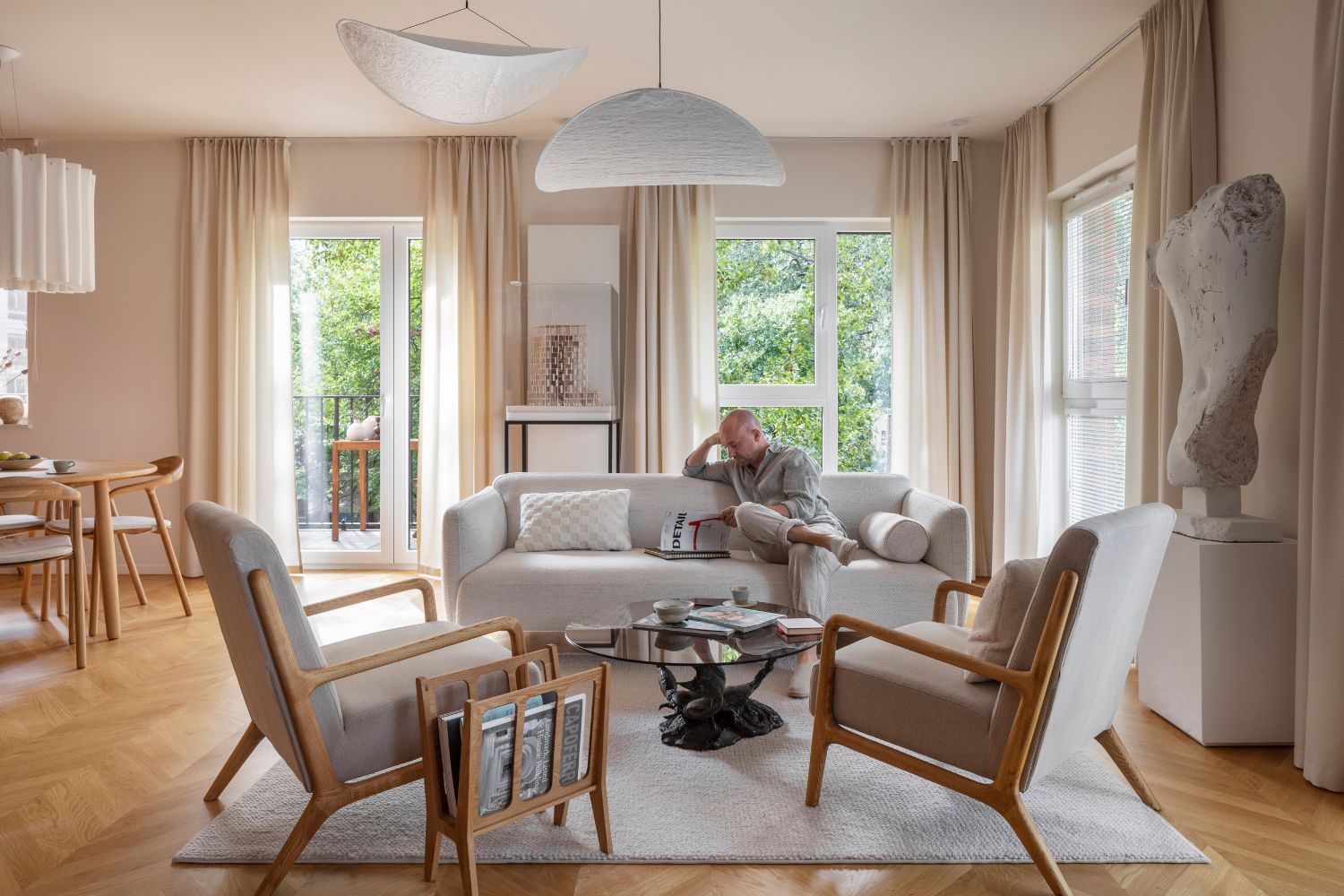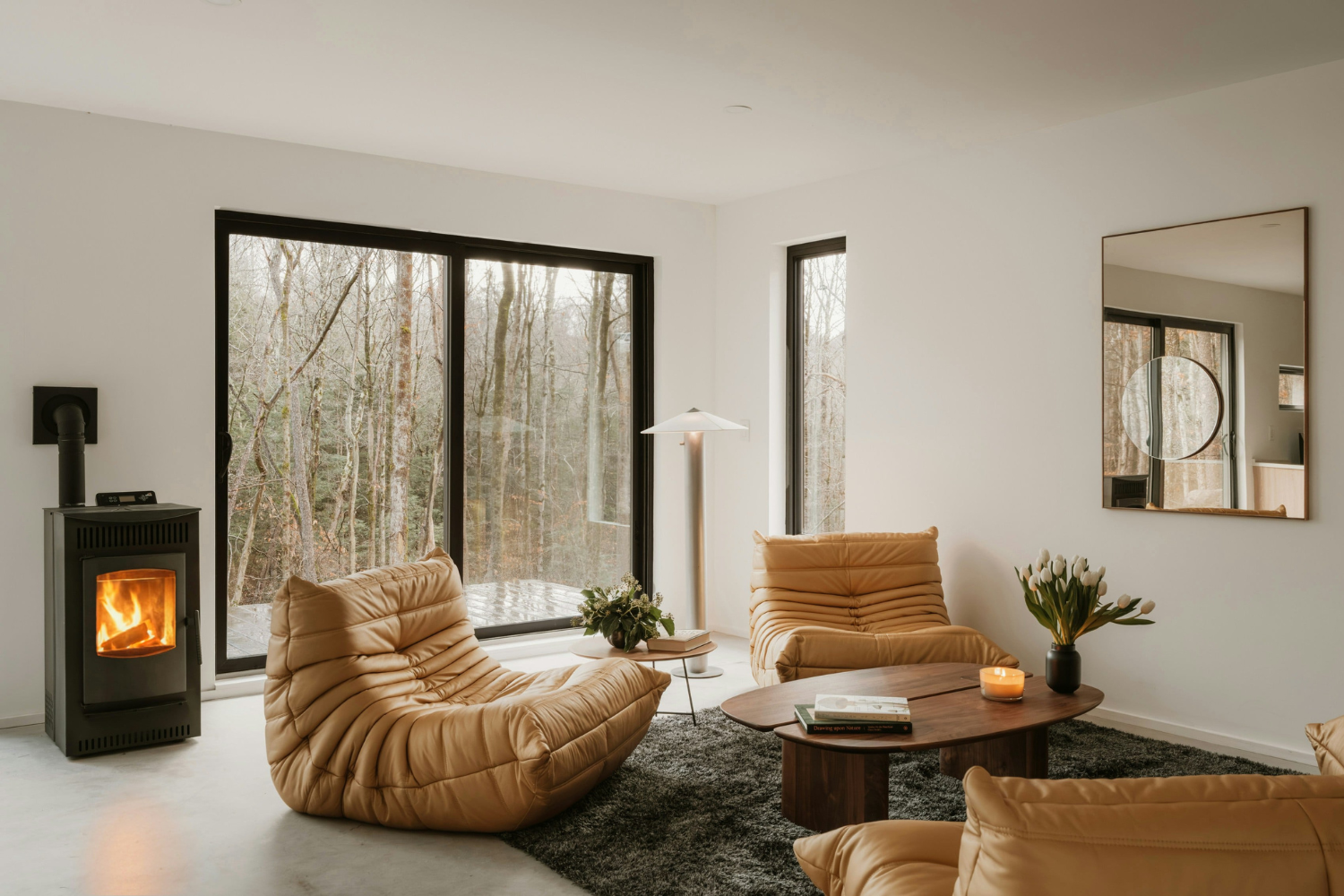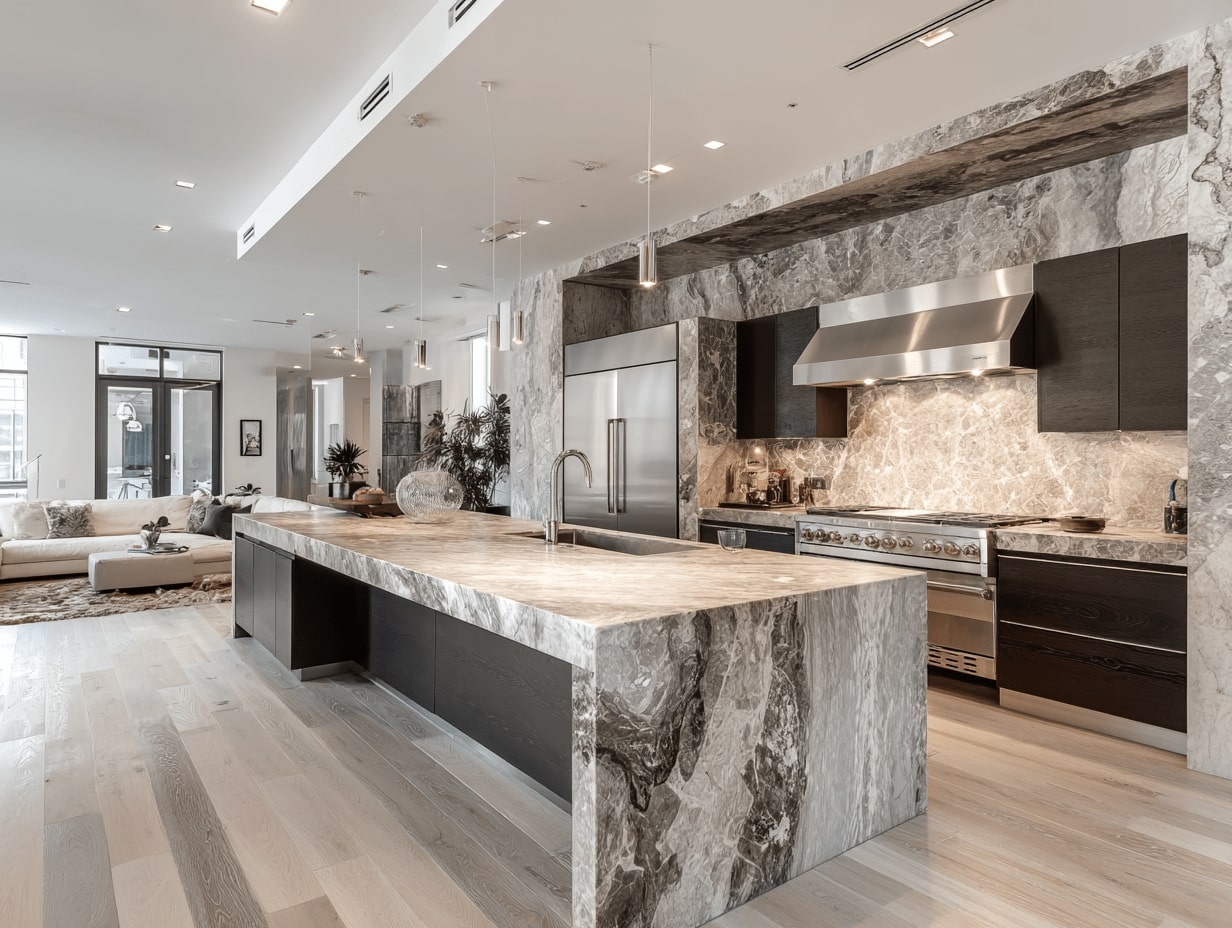- Home
- Articles
- Architectural Portfolio
- Architectral Presentation
- Inspirational Stories
- Architecture News
- Visualization
- BIM Industry
- Facade Design
- Parametric Design
- Career
- Landscape Architecture
- Construction
- Artificial Intelligence
- Sketching
- Design Softwares
- Diagrams
- Writing
- Architectural Tips
- Sustainability
- Courses
- Concept
- Technology
- History & Heritage
- Future of Architecture
- Guides & How-To
- Art & Culture
- Projects
- Interior Design
- Competitions
- Jobs
- Store
- Tools
- More
- Home
- Articles
- Architectural Portfolio
- Architectral Presentation
- Inspirational Stories
- Architecture News
- Visualization
- BIM Industry
- Facade Design
- Parametric Design
- Career
- Landscape Architecture
- Construction
- Artificial Intelligence
- Sketching
- Design Softwares
- Diagrams
- Writing
- Architectural Tips
- Sustainability
- Courses
- Concept
- Technology
- History & Heritage
- Future of Architecture
- Guides & How-To
- Art & Culture
- Projects
- Interior Design
- Competitions
- Jobs
- Store
- Tools
- More
Top Interior Architecture Tips for Beautiful Summer Villas

Designing the perfect summer villa involves more than just choosing beautiful furniture and decor. It’s about creating a space that feels open, airy, and inviting, ideal for both relaxation and entertaining. We need to consider strategic furniture placement to maintain a natural flow between rooms, ensuring easy movement and a sense of openness.
Mirrors can be our best friends in making rooms appear larger and more inviting. By reflecting light, they enhance the spaciousness of any area. Additionally, opting for lighter hues like whites and neutrals can make spaces feel brighter and more expansive. Adding pops of color strategically keeps the visual appeal without overwhelming the senses. Let’s dive into some key tips to transform any summer villa into a luxurious, functional retreat.
Table of Contents
ToggleEnhancing Natural Light in Summer Villas
Maximize Large Windows and Skylights
Large windows, floor-to-ceiling glass doors, and skylights allow ample natural light to flood into summer villas. Prioritize installing these features in living areas and high-traffic zones. Skylights, specifically, not only brighten spaces but also provide a direct view of the sky for a more open feeling. Ensure windows are strategically positioned to capture the most daylight, taking the villa’s orientation into account. Regularly clean windows to maintain transparency and maximize incoming light.
Use Sheer and Light-Reflecting Curtains
Sheer curtains diffuse sunlight, creating a soft, illuminated ambiance. These curtains provide privacy while allowing light to penetrate the space effectively. For enhanced light reflection, choose curtains in light hues like white or beige. Incorporate reflective elements like metallic or glossy finishes on curtain rods and accessories. Sheer, light-colored curtains paired with large windows or glass doors enhance the overall brightness of the villa, creating an inviting and airy environment.

Selecting the Right Color Palette
Bright and Airy Hues for Walls and Decor
A well-chosen color palette defines a summer villa’s ambiance. Neutral tones, such as soft whites, beige, and gray, create a timeless, sophisticated backdrop. These hues offer versatility, allowing furniture and decor elements to stand out. Introducing earthy tones like taupe or muted browns can add warmth without overwhelming the sense of airiness.
Natural light plays a crucial role in influencing the perception of these colors. To maximize this, opt for light, breathable materials for curtains and slipcovers. Linen, cotton, and sheer fabrics amplify an open feel. Lightweight, textured blankets in light colors can replace heavy throws, maintaining a fresh and inviting environment.
Integrating Bold Accents Strategically
Incorporating bold and vibrant hues can enhance the personality and energy of a space. Jewel tones like emerald green, sapphire blue, and rich burgundy introduce a touch of luxury and drama. However, use these accents sparingly to avoid overwhelming the room.
Focus on integrating these colors through smaller elements. Throw pillows, artwork, and decorative items can serve as focal points without dominating the overall design. Gold and bronze are also trending, offering a way to add elegance through mirrors, lighting fixtures, and decorative pieces. Combining these vibrant accents with a neutral foundation ensures a balanced, aesthetically pleasing space.
By carefully selecting and combining colors, we can create a harmonious and inviting summer villa that reflects both sophistication and vibrancy. The key lies in balancing neutral backdrops with thoughtfully chosen accents, enhancing the villa’s overall aesthetic.

Merging Indoor and Outdoor Spaces
Seamless Transitions with French or Sliding Doors
French and sliding doors can make a significant impact when aiming to merge indoor and outdoor spaces. These doors, with their large glass panels, facilitate continuous visibility between interior and exterior areas. French doors, featuring double doors with multiple glass panes, add a touch of elegance. Sliding doors, often spanning entire walls, save space while allowing unobstructed views and easy access. Consider integrating these options to create a natural flow between your villa’s living area and the outdoor patio or garden, enhancing both functionality and aesthetic appeal.
Outdoor Living Areas: Patios and Kitchens
Outdoor living areas extend the usability of summer villas. Patios, equipped with comfortable seating and weather-resistant furniture, provide a relaxed setting for entertaining or unwinding. Incorporate elements like pergolas or retractable canopies to offer shade and protection from the elements. Outdoor kitchens elevate the experience, featuring amenities such as grills, countertops, and even sinks. These spaces enable cooking and dining al fresco, making gatherings more enjoyable. When designing these areas, prioritize materials that withstand outdoor conditions and maintain a cohesive design with the indoor space to create a harmonious environment.
Sustainable and Functional Design Choices
Integrating sustainable and functional elements can significantly enhance the usability and eco-friendliness of your summer villa. We recommend prioritizing choices that benefit both the environment and your lifestyle.
Multi-Use Furniture for Space Efficiency
Multi-use furniture maximizes space efficiency in summer villas. Choosing pieces that serve multiple functions can streamline the home’s layout. For example, a sofa bed can transform a living area into an additional sleeping space for guests. Storage ottomans provide seating and double as storage units for blankets or other essentials. Drop-leaf tables expand when needed and fold away to save space when not in use. Circular three-tiered coffee tables offer layered surfaces for both aesthetic and practical use. Incorporating these versatile items enhances the overall functionality of the villa without compromising design.

Eco-Friendly Materials and Decor
Selecting eco-friendly materials and decor supports sustainability while adding unique elements to your summer villa. Bamboo flooring is a popular choice due to its rapid renewability and durability. Recycled glass countertops offer a sustainable alternative to traditional options, providing beauty and strength. Salvaged wood furniture not only adds character but also reduces waste by repurposing old timber. Natural fiber rugs made from materials like jute or sisal contribute to an eco-conscious interior while offering texture and warmth. Utilizing these materials promotes an environmentally responsible lifestyle without sacrificing style or comfort.
Comfort and Luxury in Decoration
Incorporating Luxurious Textiles
Select textiles that enhance comfort and luxury in your summer villa. Use soft cotton, silk, and linen fabrics for upholstery and drapery. These materials not only feel luxurious but also keep the space cool. Introduce plush rugs and opulent throw pillows to add layers of texture. Choose neutral colors or soft pastels to maintain a light, airy ambiance. Silk curtains add an elegant touch, while sheer fabrics allow natural light to filter through.
Selecting Comfortable, Stylish Furnishings
Opt for stylish yet comfortable furnishings to complete your villa’s decor. Choose large, plush seating such as oversized sofas or armchairs to create inviting spaces. Incorporate durable and comfortable materials like leather or upholstered fabrics in soft hues. Add luxurious touches with statement pieces like a grand chandelier or a classic vintage lamp. Invest in high-quality furniture that offers both comfort and style, making your villa a perfect retreat.

Conclusion
Efficient space utilization and seamless flow are crucial aspects of villa interior design, ensuring that each room not only serves its purpose but also contributes to the overall harmony of the living space. Maximizing space involves strategic planning and innovative solutions to create an environment that feels both expansive and functional.
Choosing lighter window treatments avoids heavy drapes and blinds, making the villa more naturally lit. Leaving windows open allows more light to flood the space. For added privacy, choose light gauze, which still permits light to pass through. Adding more mirrors and reflective objects can enhance the illusion of space and light, even in smaller rooms. This simple trick can make a room appear more spacious and welcoming.
Accent colors add visual interest, perhaps through statement furniture, artwork, or decor items. These accents can bridge the visual elements between rooms, ensuring a fluid transition throughout the villa. The meticulous selection of colors and themes forms the cornerstone of villa interior design. Creating an atmosphere that resonates with personal lifestyle and preferences is essential, ensuring that each color choice contributes to the overall theme.
Elevating a villa’s interior involves a meticulous curation of furnishings and the integration of custom elements. The choice of furniture goes beyond functionality and transforms each room into a visual masterpiece exuding both opulence and comfort. Incorporating luxurious furnishings and custom elements ensures that every piece chosen serves a purpose and contributes to the grand narrative of the villa’s interior. Investing in quality craftsmanship and unique pieces transforms living spaces into havens of luxury.
Efficient design involves open, airy spaces created by smart furniture placement and strategic use of mirrors. Selection of lighter window treatments and the right color palette is crucial. Emphasizing sustainable and functional elements like multi-use furniture and eco-friendly materials enhances the luxury and comfort of the villa, making it the perfect summer retreat.
Submit your architectural projects
Follow these steps for submission your project. Submission FormLatest Posts
Modern American Homes: Interior Design Trends to Watch in 2026
Interior design in the United States is evolving toward warmer, more adaptable,...
BXB Studio’s Hybrid Interior: Redefining the Modern Architectural Workplace
The Warsaw headquarters of BXB Studio was established in a modest 70...
5 Must-Know Interior Design Trends in American Homes
From warm minimalism to bold oversized artwork, these five interior design trends...
How Open Kitchens Create a Sense of Space Indoors (Without Sacrificing Function)
Open kitchens: see how sightlines, lighting, and smart layouts make rooms feel...












Leave a comment